Holding parolees accountable to their parole conditions is only part of the job
The Division of Adult Parole Operations (DAPO) GPS units have a very specialized mission, but basically, it’s all about helping parolees rehabilitate.
For 17 years, Parole Agent Chris Arevalo has helped fulfill CDCR’s mission of public safety through rehabilitation. Today, he is part of the Delta GPS Unit based in Stockton.
“I take great pride in knowing that I am helping the community by helping parolees on their journey to become productive members of society,” he said.
Inside CDCR caught up with Arevalo to learn more about the GPS unit and what they do.
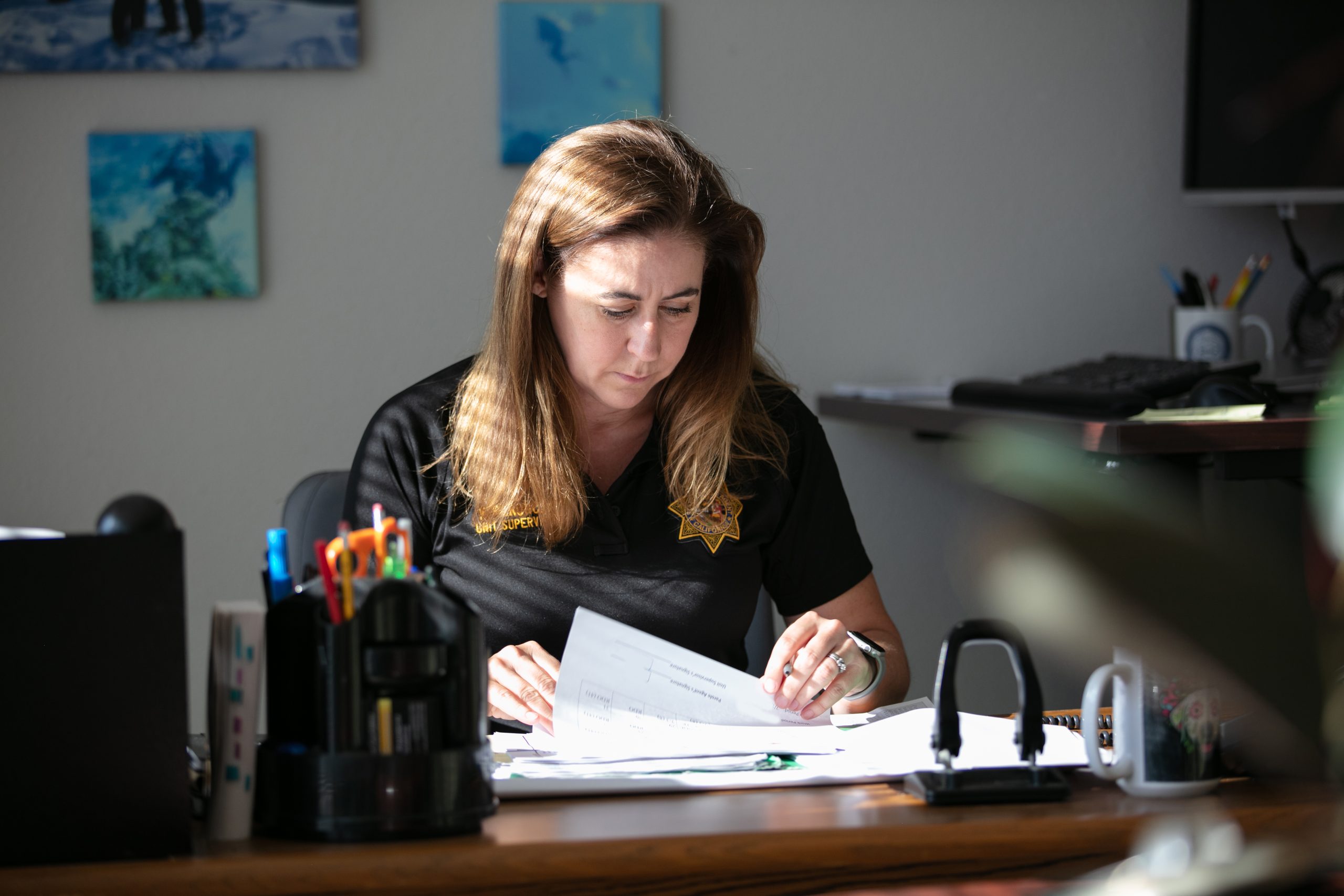
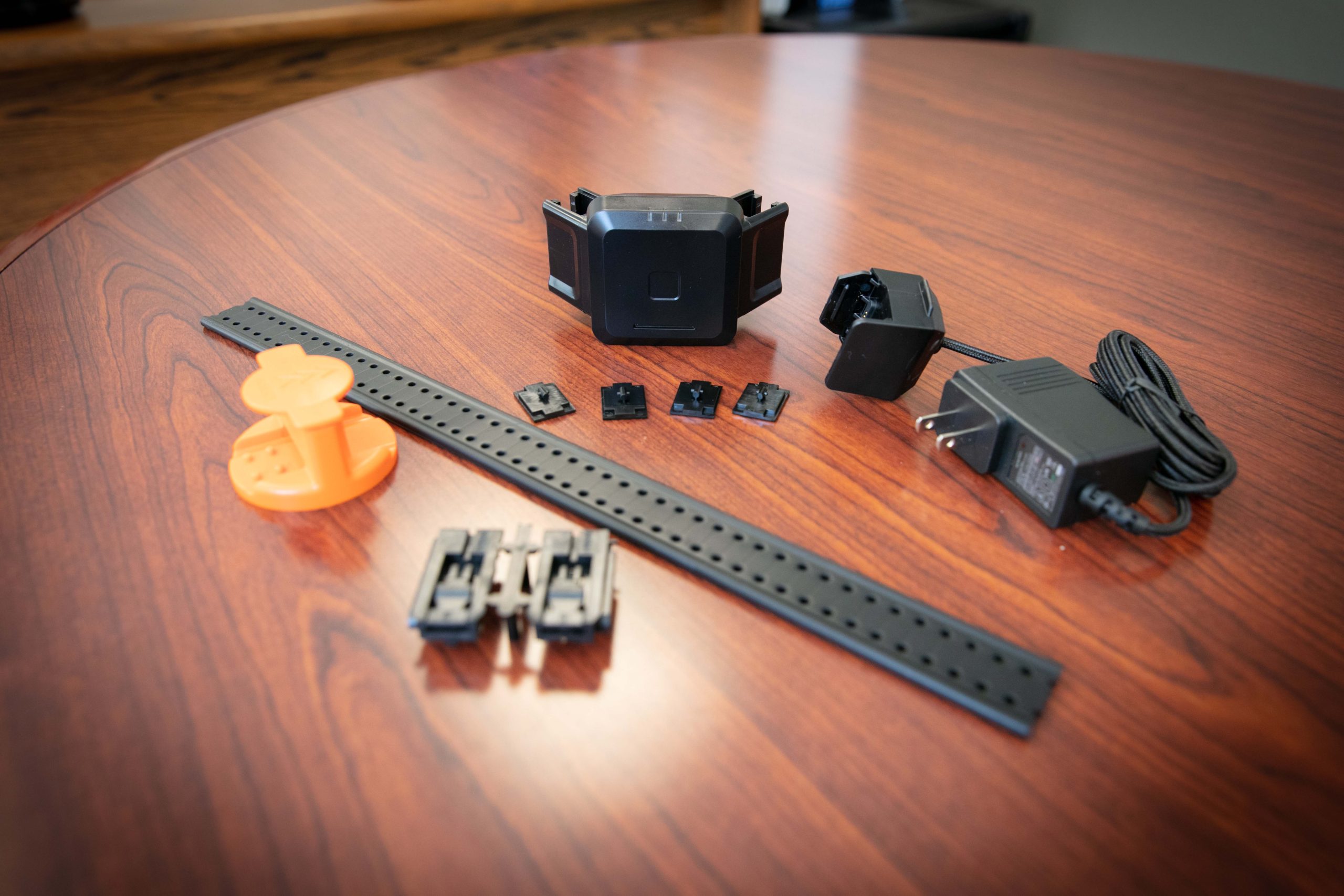
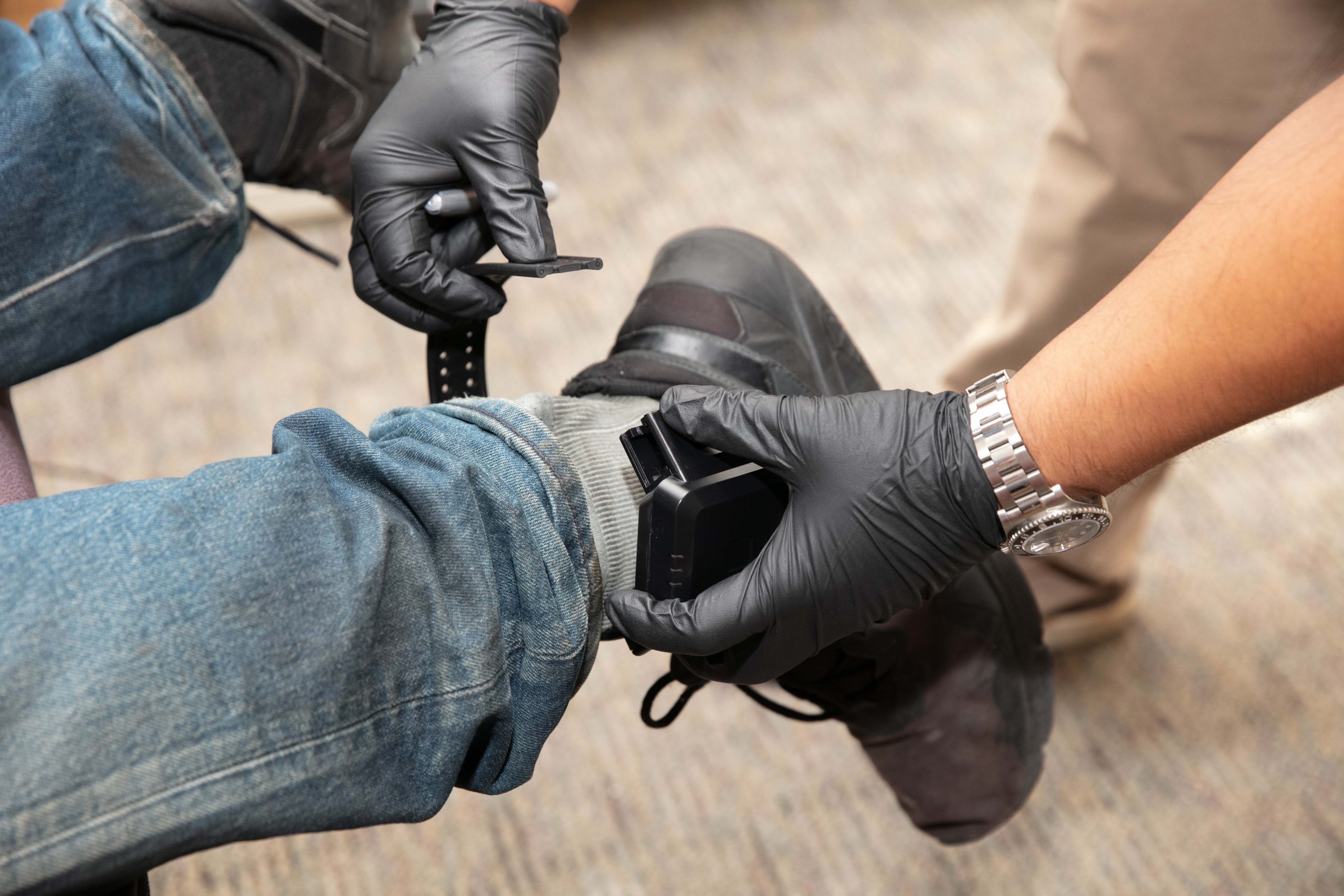
What is a GPS unit?
The GPS unit mainly oversees sex offenders, as well as some gang members and high-profile parolees. As a GPS agent, I track the location of my parolees and where they have been in the community. If I’m reviewing the GPS tracks of a sex offender and notice that he or she is loitering near an elementary school, it’s my job to investigate why they were there. DAPO uses GPS technology to enhance public safety.
What do you think is a common misconception about the GPS unit?
It would be the workload. Parole supervision at GPS is considered a specialized caseload. I currently supervise sex offenders, spending much of my time making sure they comply with their parole conditions. These conditions may include not entering a restricted area and making sure they attend their mandated sex offender treatment groups. These are in addition to what a non-GPS agent would normally have to do.
How are your interactions with most parolees?
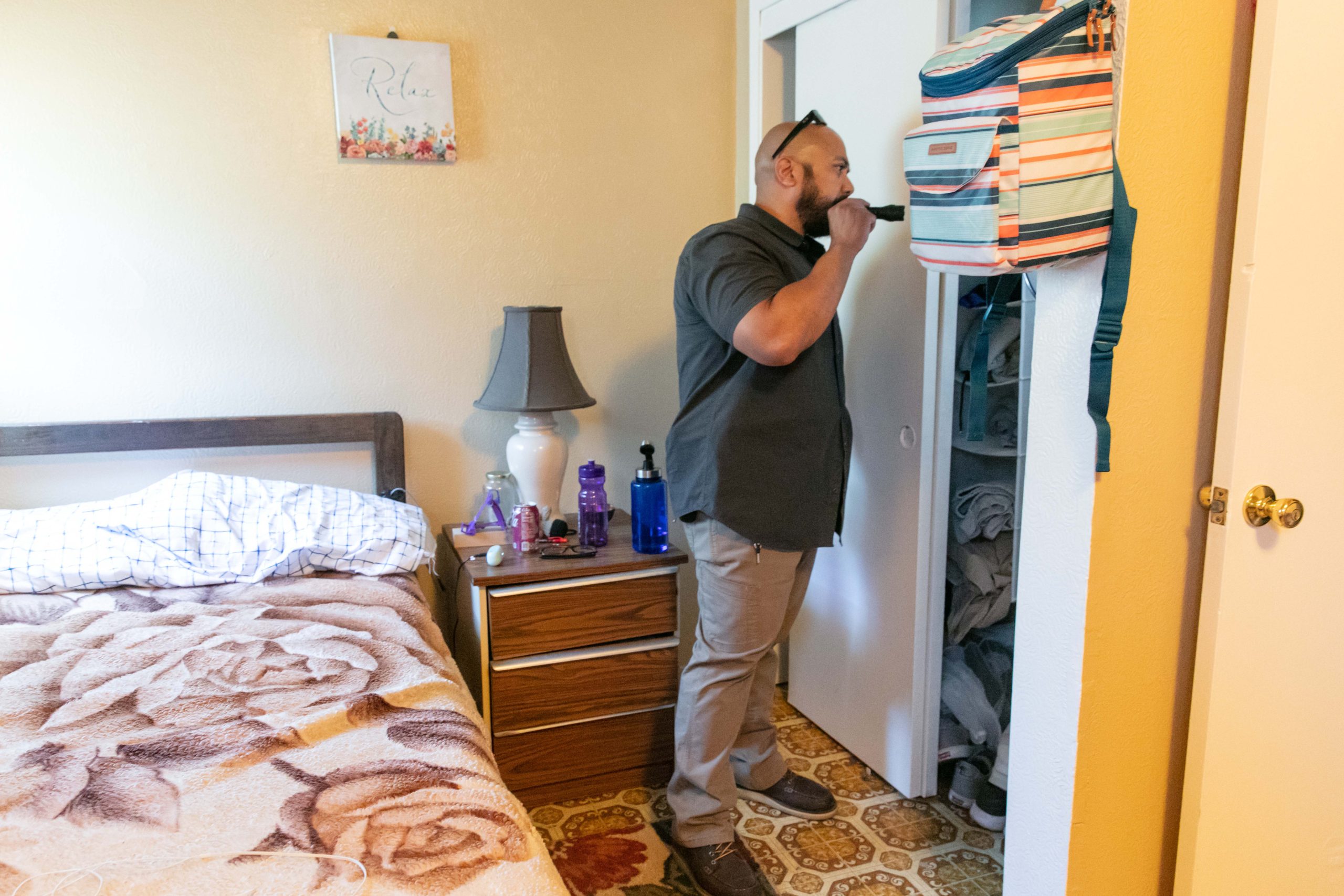
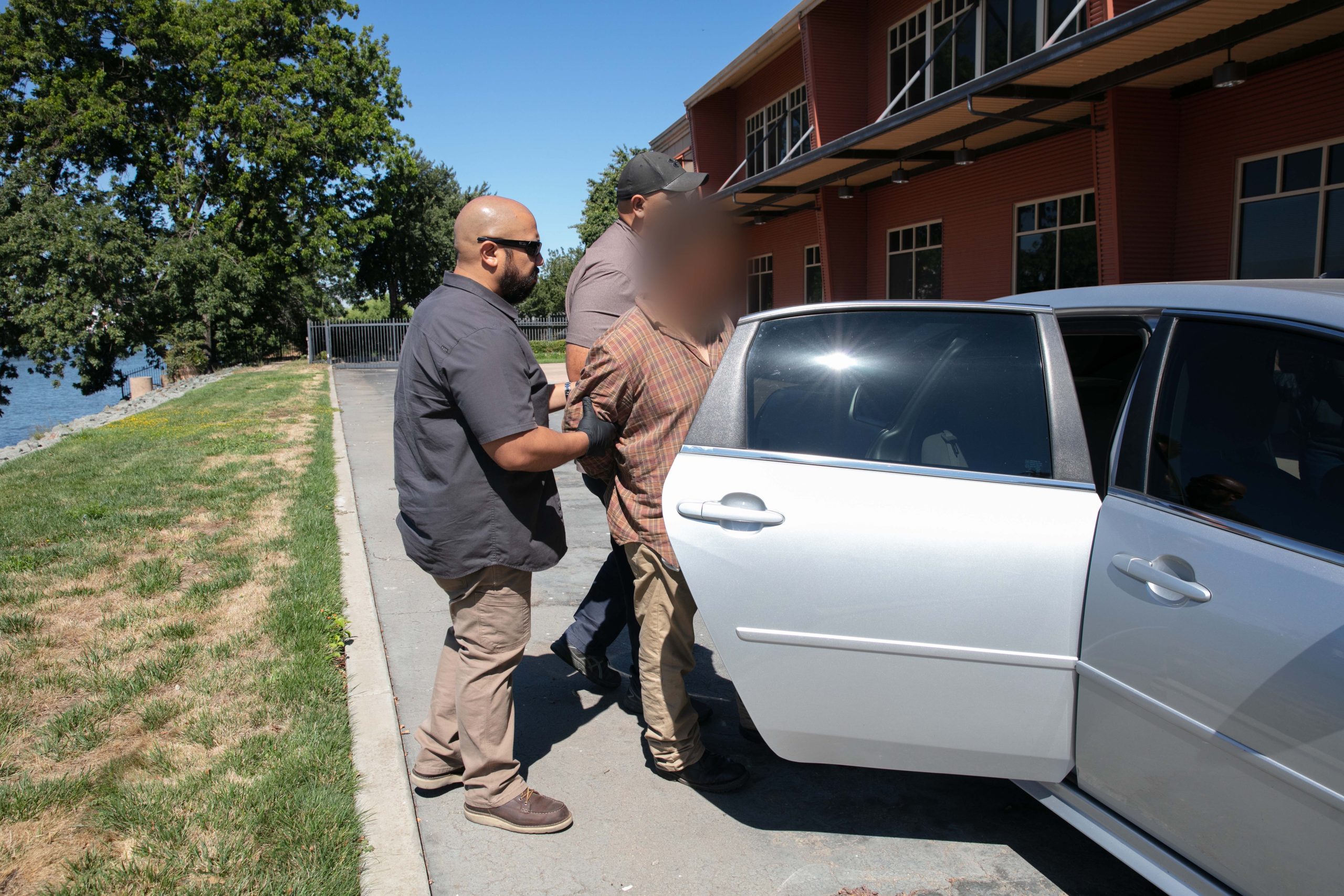
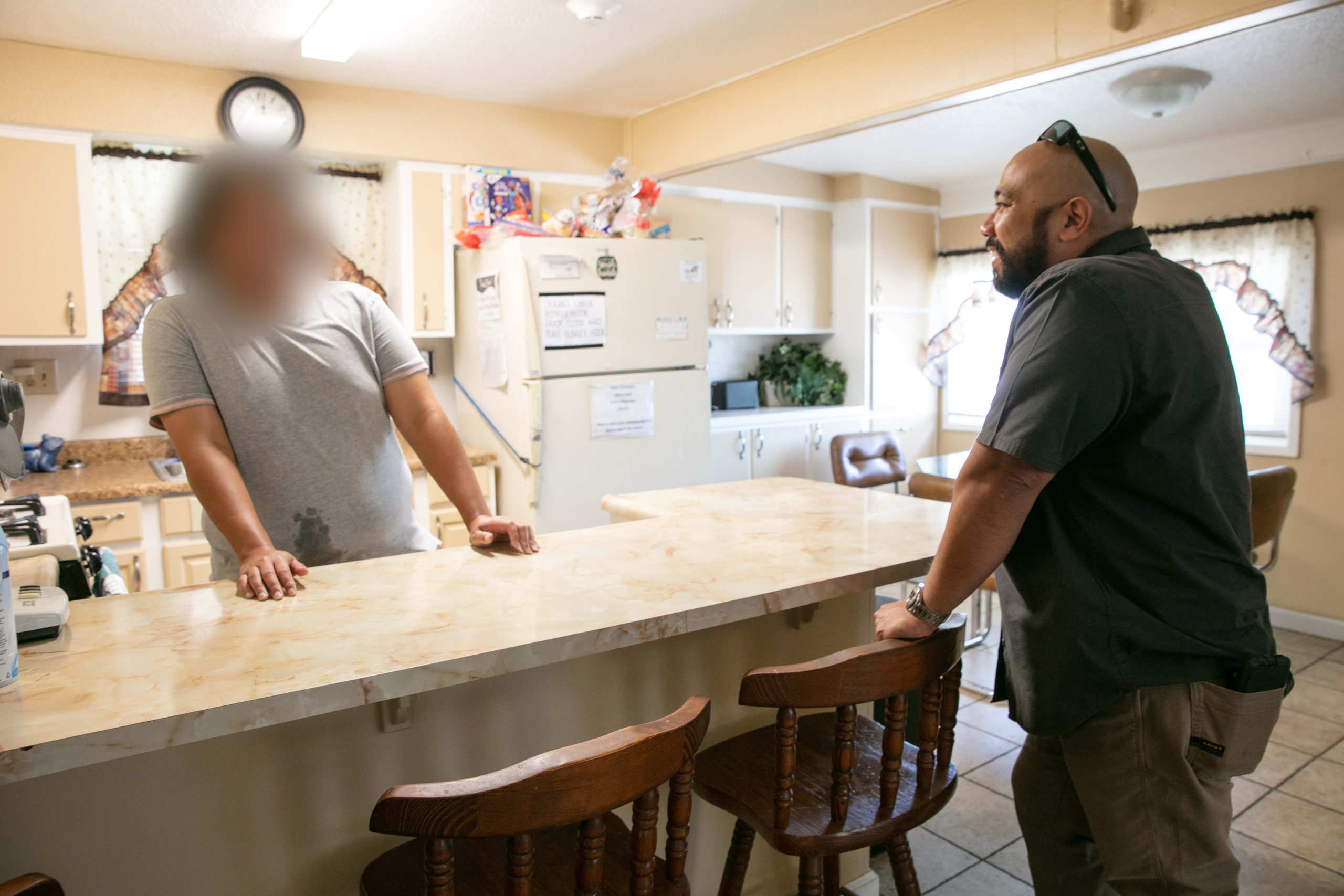
I treat my parolees like people, because they are people. Even if we arrest a parolee for violating his parole conditions, I still conduct myself in a professional manner. Because of this, most of my interactions with parolees are positive. I do my best to connect them with resources that are available, such as housing, substance abuse treatment, or even access to free groceries.
Many parole agents say the job often involves social work. How do agents in the GPS unit differ from other DAPO areas?
The GPS Agent position involves social work on a daily basis. It is more social work intensive than a regular caseload. Sex offender parolees may have the same criminogenic needs as regulars. Sex offenders have higher parole requirements. For example, they must participate in mandatory sex offender treatment. As an agent, I help enforce participation in sex offender treatment. Another challenge I have faced is the limited access to programs for sex offenders. Many programs have exemptions for sex offenders. For example, California’s penal code limits the number of sex offenders who can live inside a residential treatment program at one time. Also, the control placed on the GPS Agent is higher. As an agent, I try my best to prevent them from reoffending. These unique sets of circumstances make it a stressful but very rewarding position.
What are some of the obstacles that agents face?
The main hurdle Agents face is finding a residential program that will accept our parolees. In my experience, some sex offenders are extremely difficult to place in programs. Access to housing, as well as treatment, is a vital tool for successful reintegration into the community.
How have you seen DAPO’s focus change since you started with the department?
I believe parole officers do more social work now than ever. The department focuses on community reintegration, which often involves working with various government agencies. For example, the department has partnered with EDD, Social Security, DMV and Social Services to ease the transition back into society.
Anything else you’d like to add?
The position of the GPS agent is very challenging. Our ultimate goal is to increase public safety. We accomplish this by using intensive supervision, motivational interviewing, and partnering with community programs to reduce the likelihood that this population will reoffend.


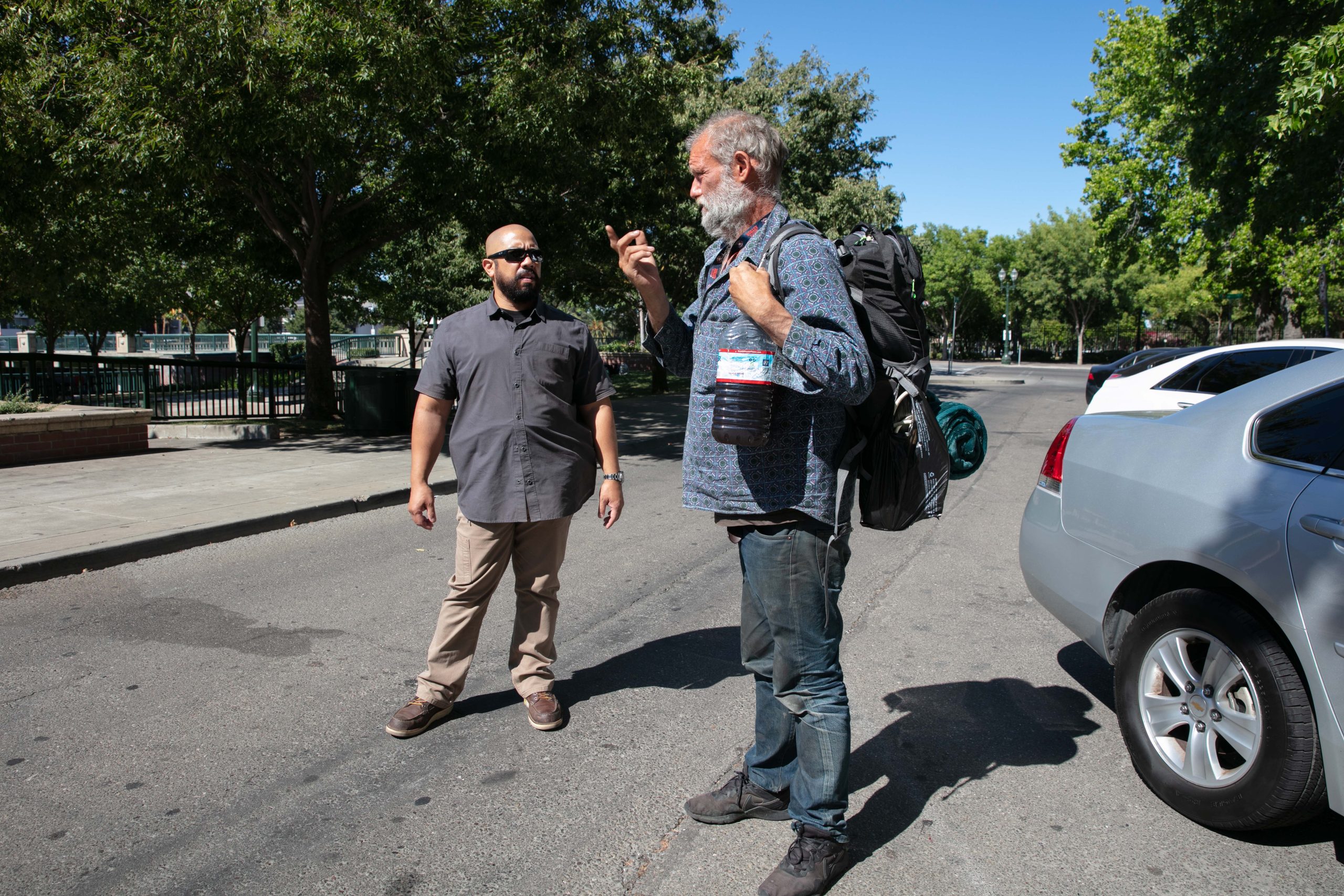
Nuts & Bolts: How It Works
DAPO monitors approximately 9,000 offenders on Electronic Monitoring Devices (EMD). This includes offenders required to register as PC 290 sex offenders, high-risk gang offenders, offenders participating in the Community Transitional Reentry Program (CCTRP) and the Male Community Reentry Program (MCRP) , the Alternative Custodial Program (ACP), medically Vulnerable Release Program, and the Electronic Home Detention Program (EID).
EMD devices have the ability to work with Global Positioning System (GPS) and Radio Frequency (RF) technology. In both areas, the EMD is a receiver that looks for a signal, either for a GPS or RF signal, depending on how the EMD is programmed.
RF technology is used for the EID and ACP program that requires the EMD to be connected to a beacon. The beacon is placed inside a residence, by the supervising agent.
When the EMD connects to the beacon, the EMD uses cellular technology and sends a notification that the EMD is in the beacon range to the software. The beacon should not move or turn off. If any of these occur, when the EMD comes into range of the beacon, the EMD will notify the supervising agent, via cellular technology, that the signal light has moved and/or there is a loss of power.
EMD will provide all event notifications, via mobile technology, to agent notification software such as charging, low battery, critical battery, dead battery, protection, lockout, inclusion/exclusion zone events, message gaps, belt jitters, no-motion alerts, curfew violations, and the like.
GPS technology is used in all other programs except the EID/ACP programs. EMD is constantly trying to receive GPS signals from satellites. Once the EMD receives the GPS signal, using cellular technology, the EMD will call the data received from the GPS satellites into software that will be plotted on the map for review.
EMD will call all information to the monitoring center to include, location, charging, low battery, critical battery, dead battery, protection, blocking, inclusion/exclusion zone events, message gaps, breakdowns of belt, motionless alerts and similar issues.
Story Don Chaddock, editor within CDCR
Photos by Clarissa Resultan, TV Specialist
Office of Public and Employee Relations
Learn more about CDCR’s parole agents.
Follow us on YouTube, Facebook and I tweet.



